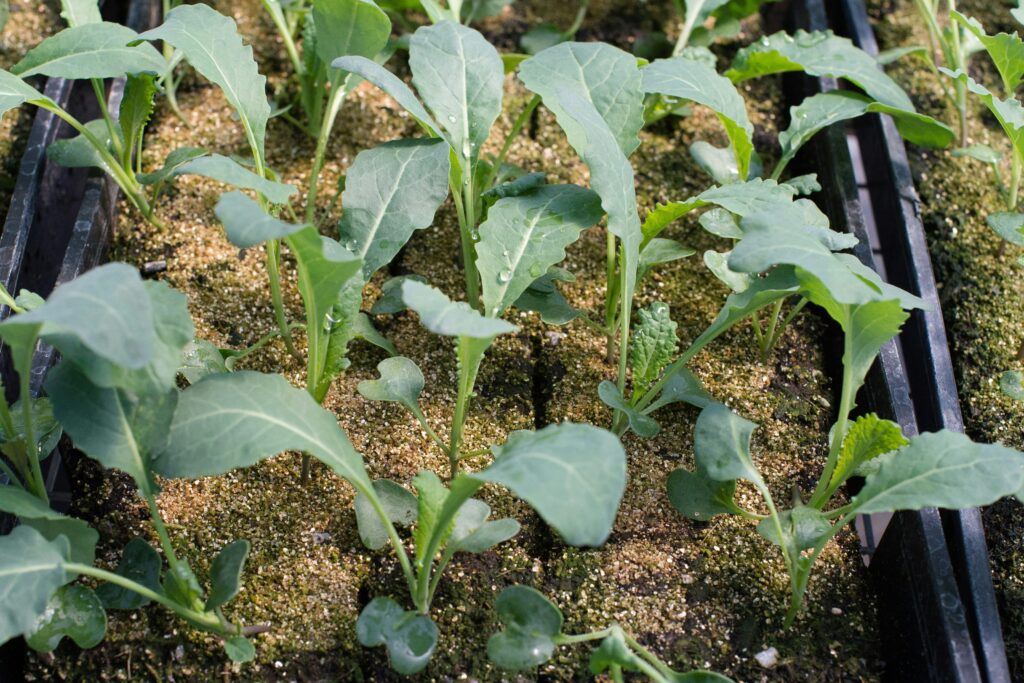Why Companion Planting Works
Plants have their own way of working together—a quiet teamwork that happens underground and above it. Some draw beneficial insects to the garden. Others keep pests away, improve the soil, or help neighbors grow better and stronger. That’s the core of companion planting: pairing plants that naturally support each other to help the whole garden thrive.
This isn’t new. Gardeners have used these methods for generations, long before synthetic sprays or bagged fertilizer took over. Basil doesn’t just taste great with tomatoes—it actually helps repel flies and hornworms. Marigolds can deter nematodes in the soil. Beans put nitrogen back into the dirt, which leafy greens like lettuce love.
There’s synergy in it. Better pollination thanks to blooming herbs. Fewer pests because of trap crops or repellent plants. Healthy soil that stays balanced, not depleted. With a few smart pairings, your garden works harder for you—with less input, less guesswork, and more season-long results.
In 2024, when water use, soil health, and chemical-free solutions matter more than ever, companion planting hits all the right notes. It’s sustainable, efficient, and surprisingly simple once you get the hang of it.
Companion Planting Basics
Think of your vegetable garden as a team sport. The right players—in this case, plants—support each other in three main ways: support, protection, and attraction. Some plants act as bodyguards, fending off pests that feast on your crops. Others bring in pollinators or beneficial insects. Then there are the quiet workhorses that just help their neighbors grow better, whether by offering shade, structure, or nutrients.
Grouping by benefits is key. Tall plants like corn can shelter more delicate crops from wind or sun. Herbs like basil and dill pull double duty—improving flavor and deterring bugs. And flowering companions like marigolds don’t just look good—they confuse or repel pests like aphids, nematodes, and beetles.
But proximity isn’t everything. Crop rotation matters. Avoid planting the same family of vegetables in the same spot year after year. This helps reduce disease build-up in the soil and balances nutrients. Overcrowding is another rookie mistake—plants need breathing room. Give roots space to stretch and airflow to keep fungus at bay.
Finally, not every combo is a winner. Some plants just don’t get along. Fennel tends to inhibit growth around it and should be planted solo. Beans and onions? Not a friendly match. Understanding these no-go pairings saves you a season’s worth of headaches.
Smart companion planting isn’t just about what goes together—it’s also about what to keep apart. Learn the dynamics, follow the spacing rules, and your garden will thank you.
Cucumbers
Cucumbers love company, and the right neighbors make all the difference. Nasturtiums top the list—they act like green decoys, drawing beetles away from your cukes. Dill encourages pollinators and helps control pests like aphids and spider mites, making it a multitasking win. Beans pull double duty by helping cucumbers climb if trellised nearby and fixing nitrogen into the soil, which boosts overall health.
When planted together, these companions keep cucumber plants healthier, help them yield longer, and reduce the need for chemical pest control. Think of it as building a small, protective ecosystem—no frills, just smart planting.
Herbs That Pull Double Duty
Some plants just earn their space. Multipurpose herbs are the quiet overachievers in a garden—they fight pests, attract pollinators, and make dinner taste better. Instead of scattering your efforts across too many one-trick greens, focus on these standouts that bring both function and flavor.
Start with basil. It’s a natural companion for tomatoes and peppers, not just in your meals but in your soil. Basil repels aphids, tomato hornworms, and some flies. Plus, harvesting it regularly encourages more robust plant growth.
Then there’s rosemary. It stands up to dry days, wards off cabbage moths and beetles, and adds depth to roasted veggies. Rosemary is great near beans, cabbage, or carrots.
Thyme plays low to the ground, which makes it ideal for squeezing into borders. It repels whiteflies and cabbage worms, and its subtle scent keeps some pests guessing. It fits in well with cabbage family crops and strawberries.
Don’t underestimate chives, either. They’re small but mighty, fending off aphids and Japanese beetles, while adding a mild onion flavor to everything from eggs to salads. Chives work well near carrots, tomatoes, and even roses.
Dialing in your herbs isn’t just a taste decision. It’s smart garden strategy. Flavor + function = less trouble, better yields.
Companion Planting: What to Avoid
Not all plants are friendly neighbors. Pair the wrong ones, and you’re not just missing out on benefits—you’re actively setting your garden back. One of the biggest offenders? Fennel. Despite its strong, lovely scent, fennel tends to stunt or disrupt the growth of pretty much everything nearby. It’s not ideal for community planting, so keep it isolated if you love it.
Another common mistake: planting crops in the same spot every year. Companion planting isn’t just about who goes next to whom—it’s also about rotating those pairings to avoid soil fatigue and pest build-up. Tomatoes and potatoes, for example, are both nightshades and attract similar issues—pairing or repeatedly grouping them can lead to disease cycles.
Some plants compete underground, too. Beans and onions can butt heads in the root zone, slowing each other down. And while mint controls pests with its overpowering scent, it’s also a garden bully that spreads fast and takes over beds if not contained.
Bottom line: just because plants are edible doesn’t mean they like growing together. Companion planting works, but it’s not guesswork. A bit of research and planning pays off in stronger harvests and fewer headaches.
Low-Maintenance Tip
If your schedule’s packed but you still want a productive vegetable garden, companion planting can work hard while you don’t. Focus on pairings that handle pests, promote growth, and don’t need constant babysitting.
Try tomatoes with basil and marigolds. Plant once, and let basil repel flies while marigolds fend off nematodes and aphids. These three thrive in similar conditions and support your tomato crop all season without extra effort.
Another strong combo: carrots and onions. Carrots attract beneficial insects and onions deter many pests with their strong scent. Once established, they more or less take care of themselves.
Cucumbers paired with dill and nasturtiums also do the trick. Dill lures pollinators, while nasturtiums form a living shield against cucumber beetles. You set them up, water regularly, and let them handle the rest.
Go for groupings that look after each other. The less you have to step in, the more time you get back—and the garden still thrives. For more ideas on time-saving landscaping, check out Low-Maintenance Landscaping Ideas for Busy Homeowners.
Final Thoughts: Grow Smarter, Not Just Harder
Strategic Planting Over Random Sowing
Gardening success isn’t just about what you plant—it’s about where, how, and with what intention. Companion planting encourages gardeners to think holistically, considering how each plant affects and supports the others around it. Thoughtful placement is key to creating a thriving ecosystem, not just rows of plants.
– Plan garden layout with companion relationships in mind
– Choose plants that complement each other in function (like pest prevention or nutrient support)
– Rotate crops seasonally to maintain soil health and avoid pest cycles
Good Neighbors Make Great Gardens
Just as in any community, your garden flourishes when harmony exists between neighbors. Companion planting builds stability by minimizing conflict and maximizing cooperation between species.
– Match strong-scented herbs with susceptible vegetables to mask scents from pests
– Combine tall plants with low growers to create shade and optimize space
– Avoid planting species that compete for the same nutrients or attract the same pests
The Bigger Picture
By choosing strategic plant pairings now, you set yourself up for a healthier, more productive garden season after season. It’s not about working harder—it’s about planting with purpose.
Remember: when plants support each other, they don’t just survive—they thrive.




